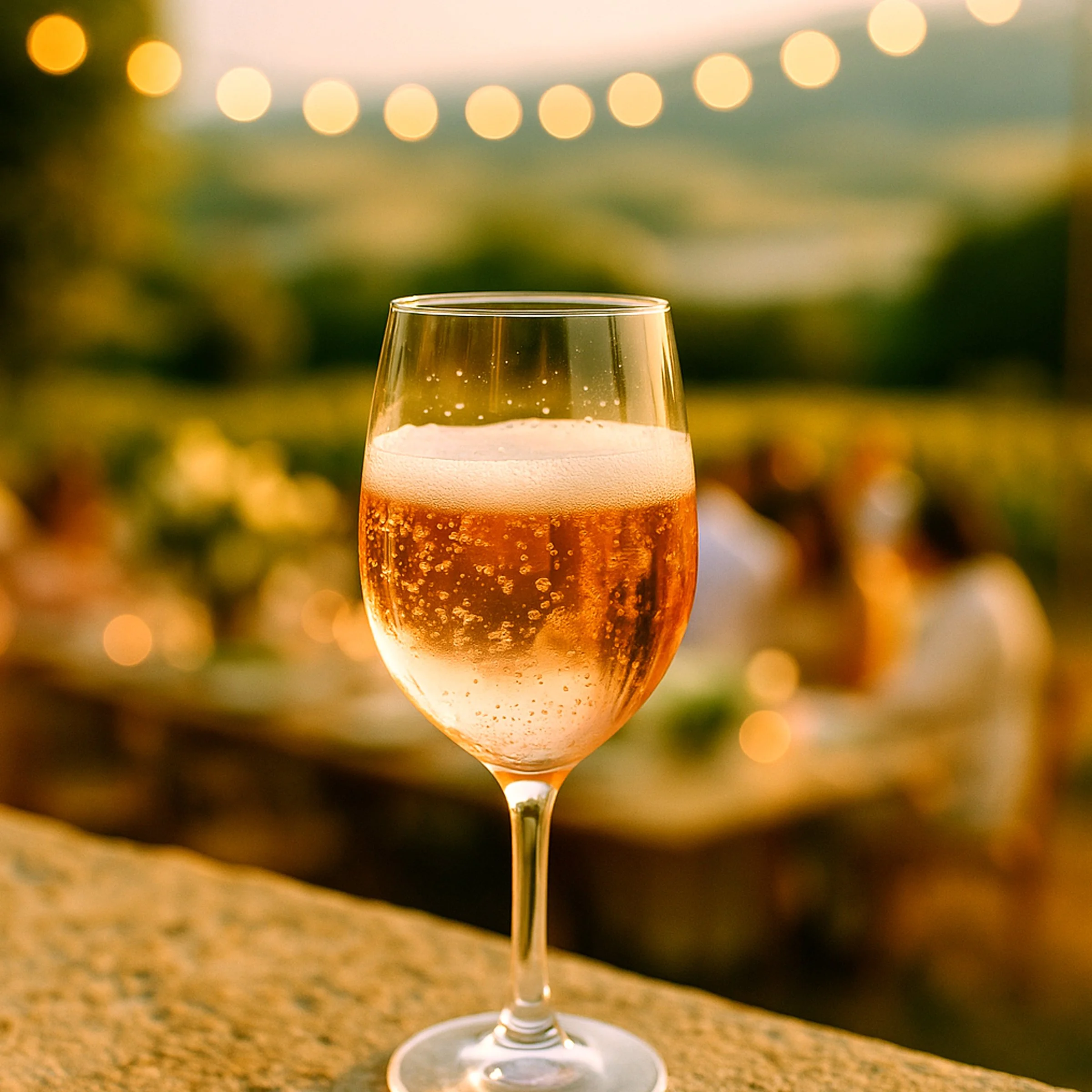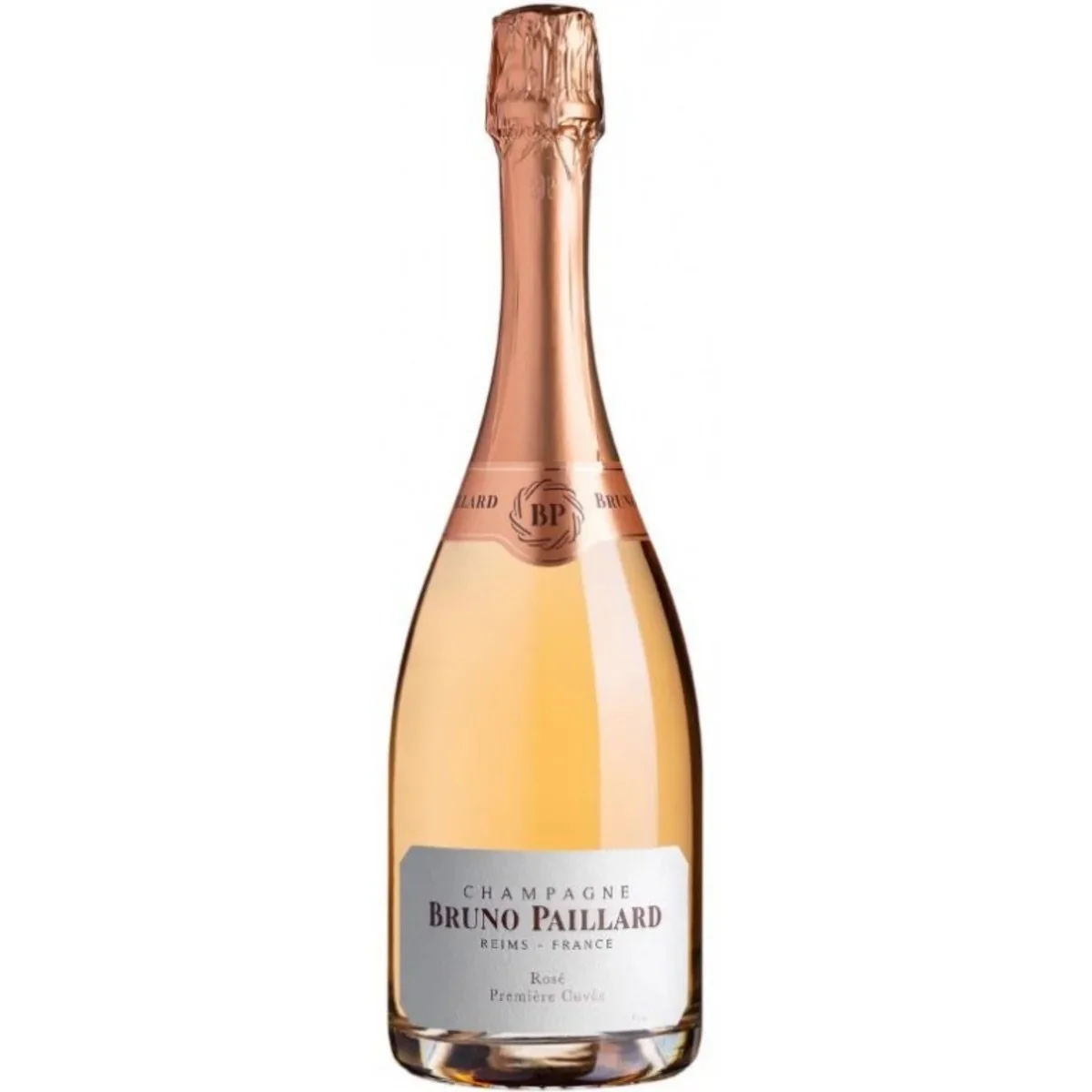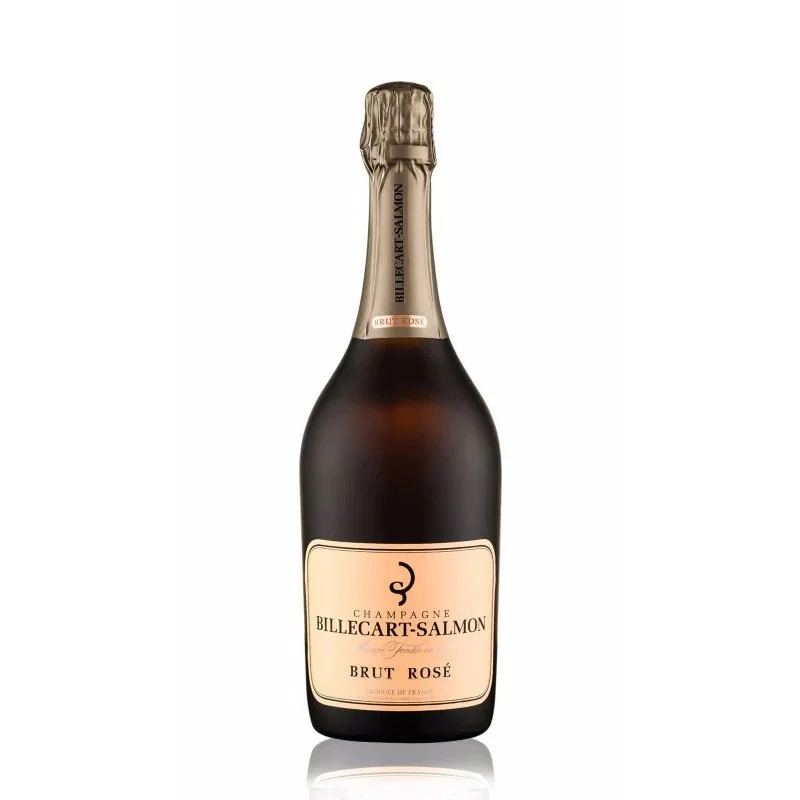SPARKLING ROSÉ
Effortless Charm In Every Pink-Hued Bubble
Sparkling Rosé brings together the refreshing energy of bubbles with the delicate fruit and floral notes of rosé. It's as stylish as it is celebratory—perfect for toasts, warm-weather afternoons, or effortlessly elegant pairings.
Key Characteristics
Sparkling Rosé delivers crisp acidity, a creamy mousse, and bright, fruit-driven flavors with a delicate floral lift. Depending on the grapes and method, it can range from citrusy and refreshing to complex and savory.
Style
Sparkling
Body
Light to medium
Acidity
Medium to high
Primary Grapes
Pinot Noir, Chardonnay, Grenache, Syrah (varies by region)
Typical Flavors
Strawberry, raspberry, citrus zest, rose petal, watermelon, brioche
Origin & History
Originally popularized in Champagne, where rosé versions have been made since the 18th century, Sparkling Rosé has now flourished globally—from Italy’s rosato bubblies to California and beyond. Winemakers often blend red and white wines or use a short skin-contact method to achieve the perfect tint and flavor.
How It’s Made
Sparkling Rosé can be crafted using the traditional method (with secondary fermentation in the bottle, like Champagne) or the Charmat method (in pressurized tanks, like Prosecco). Color and subtle tannins come from either blending in red wine or allowing the juice brief contact with red grape skins.
Notable Regions
Sparkling Rosé is produced around the world, with each region bringing its own signature style and grape varieties.
Champagne, France
Benchmark for complexity and finesse
Provence, France
Light, floral, and summery
Northern Italy
Bright and fruit-forward styles
California
Ripe and expressive with a modern edge
Food Pairings
Sparkling Rosé's bright acidity and red fruit character make it a refreshing match for a range of dishes, especially those with a bit of salt, spice, or richness.
Appetizers
Smoked salmon canapés, beet salad with goat cheese, prosciutto-wrapped figs
Seafood
Seared tuna, grilled shrimp, lobster rolls
Cheeses
Brie, chèvre, feta
Desserts
Strawberry shortcake, macarons, raspberry sorbet
How to Serve It
Glassware
Tulip glass or white wine glass, to preserve bubbles and highlight aromatics
Temperature
45–50°F (7–10°C)
Storage
Store upright in a cool, dark place; chill before serving
Fun Fact
Sparkling Rosé was once considered too unconventional for formal occasions—but today, it’s a staple at weddings, brunches, and celebrations worldwide.
Recommended Producers
These producers represent some of the finest expressions of Sparkling Rosé, each offering a distinctive approach to tradition, terroir, and style.
Billecart-Salmon
Revered for finesse and purity, especially in their celebrated Brut Rosé.
Bollinger
Known for rich, Pinot Noir–driven wines with depth, structure, and a signature toasty style.
Bruno Paillard
A modern Champagne house recognized for precision and freshness in its Brut Rosé, blending tradition with contemporary expression.
Ca’ del Bosco
A leading Franciacorta producer crafting refined sparkling wines using the traditional method, praised for their elegance and depth.
Recommended Pours
Bruno Paillard - Brut Rosé NV — Fresh and expressive with a crisp profile and subtle complexity; well-crafted and approachable.
Ca’ del Bosco - Cuvée Prestige Rosé Brut NV — A refined Franciacorta rosé with creamy texture and ripe fruit; a top-quality Italian alternative to Champagne.
Bollinger - Brut Rosé Champagne NV — Rich and full-bodied with notes of red berries, spice, and brioche; offers depth and structure.
Billecart - Salmon Brut Rosé NV — Elegant and finely textured with delicate red fruit and balanced acidity; a benchmark non-vintage rosé Champagne.





